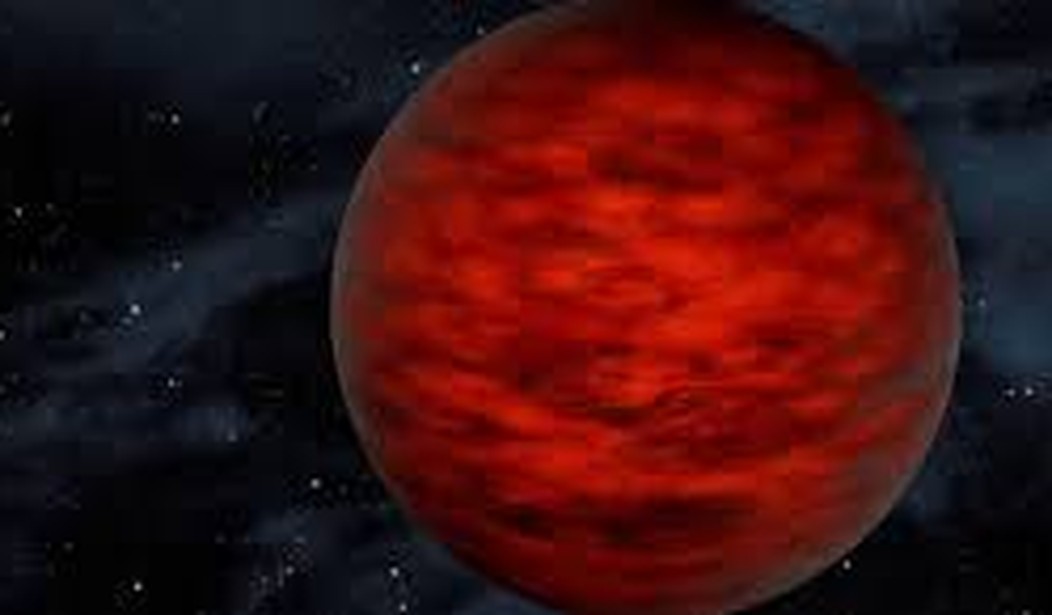Our galaxy is believed to be home to billions of free-floating planets with mysterious origins, unattached to a star, and now astronomers have zeroed in a newly detected planetary-mass object that could help give new insights into the formation of these worlds.
NASA has theorized the objects could be planets ejected from solar systems or they could be lightweight stars known as brown dwarfs, which form alone in space like stars but without the mass to fuse atoms at their cores or shine.
The space agency’s Wide-field Infrared Survey Explorer, WISE, and the Two Micron All Sky Survey, or 2MASS, detected the free-floating, planetary-mass object within a young star family, according to a NASA blog post. The discovery, which will be published in The Astrophysical Journal, was found by looking at photos taken of the entire sky by the instruments a decade ago. The free-floating worlds are of particular interest to scientists since they lack host stars, making it easier to look at the planet’s composition and weather.
Astronomers found WISEA 1147 by sifting through images taken of the entire sky by WISE, in 2010, and 2MASS, about a decade earlier. They were looking for nearby, young brown dwarfs. One way to tell if something lies nearby is to check to see if it’s moved significantly relative to other stars over time. The closer an object, the more it will appear to move against a backdrop of more distant stars. By analyzing data from both sky surveys taken about 10 years apart, the close objects jump out.
Finding low-mass objects and brown dwarfs is also well suited to WISE and 2MASS, both of which detect infrared light. Brown dwarfs aren’t bright enough to be seen with visible-light telescopes, but their heat signatures light up when viewed in infrared images.
The brown dwarf WISEA 1147 was brilliantly “red” in the 2MASS images (where the color red had been assigned to longer infrared wavelengths), which means that it’s dusty and young.
“The features on this one screamed out, ‘I’m a young brown dwarf,'” said Schneider.
After more analysis, the astronomers realized that this object belongs to the TW Hydrae association, which is about 150 light-years from Earth and only about 10 million years old. That makes WISEA 1147, with a mass between about five and 10 times that of Jupiter, one of the youngest and lowest-mass brown dwarfs ever found.
I remember, in my late teens, watching the moon landing and thinkin the stars were our destination. Then along came the Nixon administration, with its fixation on domestic do-gooding and bureaucratic regulatory creation, and the noble dream of the JFK era circled the drain and vanished. The country’s been a poorer and meaner place ever since.









Join the conversation as a VIP Member